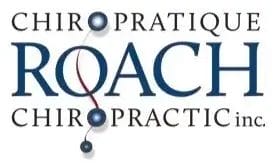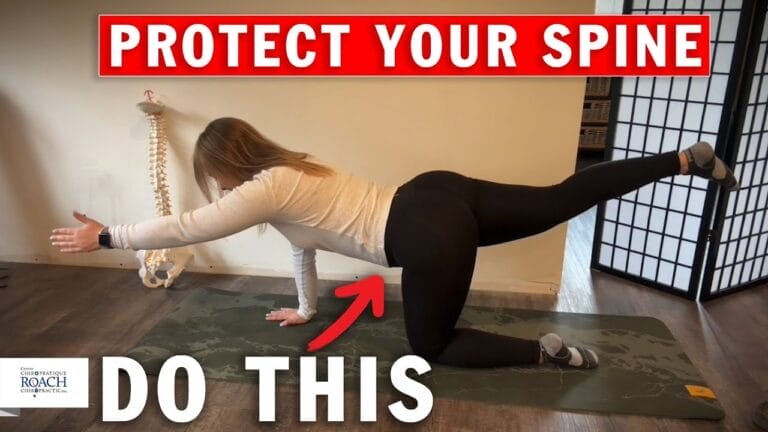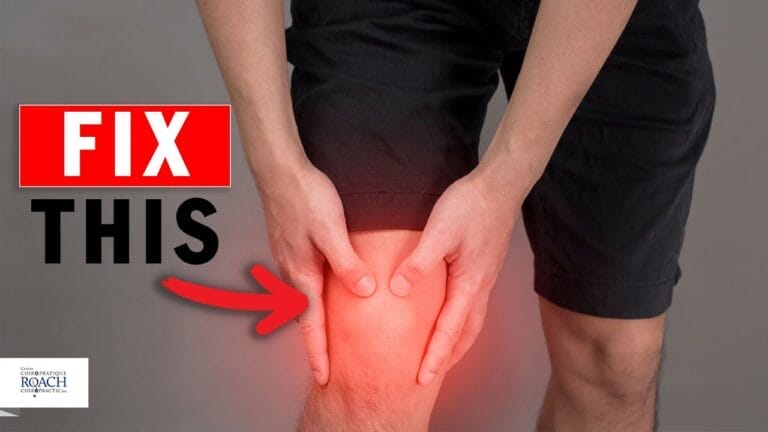Unlock Your Chest: Relieve Neck & Upper Back Tension
Unlock your chest, improve your posture, and release built-up tension with this targeted chest mobility routine. These 5 exercises are designed to open tight chest muscles, improve shoulder alignment, and reduce the strain that often leads to neck and upper back pain. Perfect for anyone who spends long hours sitting, working at a desk, or simply wants to move and breathe more freely. Do this routine regularly to restore balance, improve posture, and feel lighter through your upper body. This full upper-body mobility routine will help you open your chest, improve posture, and activate your shoulders and back… all in under 10 minutes!
Exercises included:
- Doorway Pec Stretch : open tight chest muscles
- Foam Roller Chest Opener : improve posture & breathing
- Wall Angels : activate back and shoulder stabilizers
- Resistance Band Chest Activation : wake up your chest before pressing
- Foam Roller Thoracic Extensions : increase mobility in your mid-back
✅ Perfect as a daily posture reset
✅ Great warm-up before upper-body workouts
✅ Minimal equipment: doorway, foam roller, and resistance band
Follow along to feel looser, stand taller, and improve your upper-body performance! 💪
VIDEO TRANSCRIPT:
Hey, guys, I’m Doctor Jose. If you’re feeling pain or tightness on the inside of your elbow, especially when lifting, gripping or swinging, you might be dealing with golfer’s elbow, also called medial epicondyle. Like this. In this video, I’ll walk you through the basic anatomy, why it happens, and a few stretches you can start doing today to find relief. So golfer’s elbow affects the tendons that attach to the medial epicondyle. That bony bump on the inside of your elbow. The primary muscles involved are your wrist and finger flexors, like the flexor cartwright radialis and the pro arteries. These muscles help you grip, twist, and flex your wrist downward. When these muscles are overused through sports typing, lifting weights, or even repetitive hand motions. It can cause tiny tears in the tendon, leading to inflammation and pain. So the first stretch will do to help with golfer’s elbow is a right forearm flexor stretch. Extend your arm out in front of you, palm facing up with your other hand. Gently pull your fingers back towards the floor. Keeping your elbow straight, you should feel a stretch along the inside of your forearm. You’ll hold this stretch for 20 to 30s. Don’t push into the pain. Should just feel a light stretch right along here. Switch sides and hold for another 30s. You can do this 2 to 3 times per side throughout the day just to relieve some tension. Once again, right along here. Eccentric loading can help strengthen the tendon and promote healing. So you’ll grab a light dumbbell. 1 to 3 pounds is perfect. Rest your forearm on a table with your palm facing up, wrist hanging just off the edge.
Use your other hand to help lift the weight up, then slowly lower it down using just the affected arm. That slow lowering phase is the key. You’ll do 8 to 10 reps. As you get used to the weight, you can slowly increase it. You never want to push yourself too much. You don’t want to push yourself into pain. You just want to feel that working. You feel it right here. Next, we’ll work on mobility and circulation. Make a gentle fist and slowly move your wrist in circles clockwise and counterclockwise. This keeps the joint moving without overloading it. You can do ten circles per direction per side. Another thing you can do is you can use your thumb or a massage ball to apply light pressure to the muscles just below the elbow on the inside of the forearm, massaging in circular directions. This helps to reduce tension and improve blood flow. Switch sides as needed. You can do this throughout the day. As chiropractors, we look beyond the symptoms. Sometimes elbow pain can be linked to issues in the neck, shoulders, or wrist. A gentle adjustment to these areas can improve nerve function, reduce strain on the arm, and support healing. We also assess posture and movement to prevent the issue from coming back. If you’re dealing with golfer’s elbow, don’t wait for it to get worse. Try these stretches consistently and if the pain continues, come to see us for a personalized assessment. Thanks for watching and be sure to like and subscribe for more ways to move and feel better.
SHARE THIS






